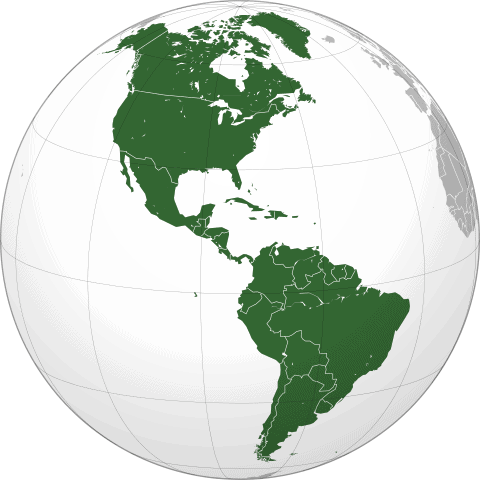
European colonization of the Americas
The European colonization of the Americas describes the Age of Exploration and the resulting conquest of indigenous lands. The Age of Exploration represents the beginning of the establishment of Western European control in what is now considered North and South America. Europe had been preoccupied with internal wars and was slowly recovering from the loss of population caused by the Black Death; thus the rapid rate at which it grew in wealth and power was unforeseeable in the early 15th century. European colonization impacted the political systems, geographic boundaries, and languages that predominate in the hemisphere’s largely independent states today.
Early European possessions in what are now referred to as the North and South American continents included Spanish Florida, Spanish New Mexico, Spanish Mesoamerica, Spanish Caribbean, the English colonies of Virginia (with its North Atlantic offshoot, Bermuda) and New England, the French colonies of Acadia, Canada, and Haiti, the Swedish colony of New Sweden, and the Dutch New Netherland. In the 18th century, Denmark–Norway revived its former colonies in Greenland, while the Russian Empire gained a foothold in Alaska.
Read More About European colonization of the Americas
